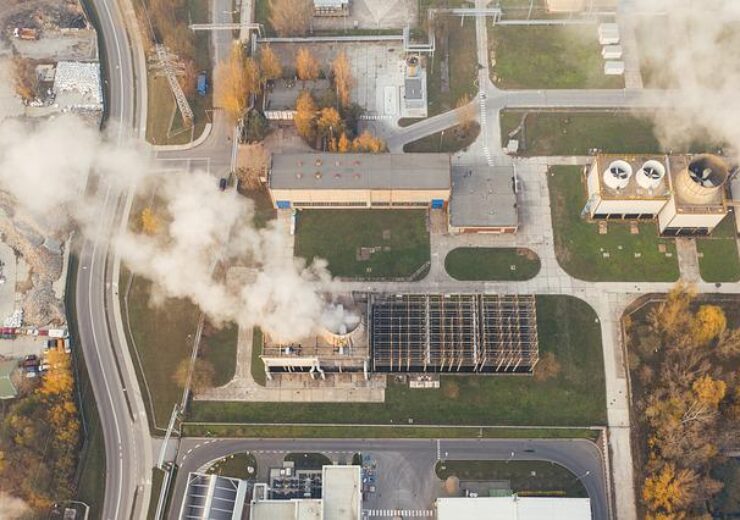Funded under the Bipartisan Infrastructure Law, the Regional Direct Air Capture Hubs initiative will support four large-scale, regional direct air capture hubs with each of them comprising a network of CO2 removal projects to help address the effects of climate change

The Regional Direct Air Capture Hubs programme will get $3.5bn funding from the federal government. (Credit: marcinjozwiak from Pixabay)
The Biden Administration has launched a $3.5bn initiative called Regional Direct Air Capture Hubs to capture and store carbon dioxide (CO2) pollution directly from the atmosphere.
In this regard, the US Department of Energy (DOE) has released a notice of intent (NOI) to fund the new programme under the Bipartisan Infrastructure Law.
The Regional Direct Air Capture Hubs initiative will support four large-scale, regional direct air capture hubs. Each of the hubs includes a network of CO2 removal (CDR) projects.
According to the DOE, the CDR projects will help in addressing the effects of climate change as well as provide other benefits such as creating jobs.
US Secretary of Energy Jennifer Granholm said: “The UN’s latest climate report made clear that removing legacy carbon pollution from the air through direct air capture and safely storing it is an essential weapon in our fight against the climate crisis.
“President Biden’s Bipartisan Infrastructure Law is funding new technologies that will not only make our carbon-free future a reality but will help position the U.S. as a net-zero leader while creating good-paying jobs for a transitioning clean energy workforce.”
The DOE said that the CO2 separated via direct air capture is stored permanently deep underground or converted. The stored CO2 is used in long-life products such as concrete that stop the gas from re-entering the atmosphere.
The Biden Administration expects CDR deployment in the country to reach the gigaton scale by 2050.
All the projects selected under the Regional Direct Air Capture Hubs initiative will validate the delivery and storage or end use of the separated and stored atmospheric carbon, said the DOE.
The hubs will be capable of capturing and permanently storing at least one million metric tons of CO2 per annum from the atmosphere, either from a single unit or from various interconnected units.
Earlier this month, the US government announced an investment of more than $2.3bn to bring down CO2 pollution as well as address the impacts of climate change.


